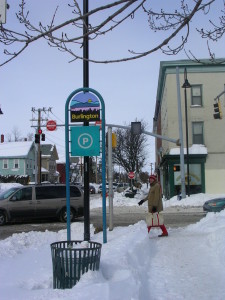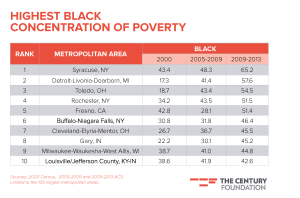Not long ago we heard a tidy summary of two converging demographic trends bearing down on the affordable-housing problem:
There is the surging population of older people, Baby Boomers and beyond, who are looking to downsize.
Then there is the younger-adult population — Millennials, Gen-Xers — who are looking to up-size but can’t afford to, as they postpone buying homes.
Might there be a way to meet these divergent generational needs in some way that somehow preserves neighborhoods with a stamp of affordability?
That’s a key challenge that one of the presenters in our “Thriving Communities” seminar, John E. Davis, posed at the end of his discourse. (You can see the seminar in webinar-slide form if you click here, or in video mode if you click here.) He admitted he didn’t have any easy answers.
Neither do we, but we have a few notions that might prolong the discussion. These ideas are predicated on the fact that older people, overwhelmingly, want to age in place (that is, in their own homes); that in many cases, those homes are too big for them to manage; that increasingly, older people are open to the idea of home-sharing (as we noted in the post about a recent AARP survey in Burlington). Why not look for ways to convert big, empty houses into spaces that can accommodate both an aging widower and a young family?
One way would be to encourage — and drop regulatory barriers from — the addition of accessory dwelling units. (For an article on how zoning can facilitate aging-in-place, click here. For an essay on aging-friendly land-use policies, click here.) The new unit could be an annex that the older person would occupy, freeing up the main house for other residents.
Or the new unit could be a self-contained space within the house itself. We’ve seen articles touting the idea of grown children adding an “in-law suite” to their own homes to house an aging parent. Why not turn that around, so that that aging person’s home is remodeled to include an independent suite that the aging person parent can then occupy, opening up the rest of the house for another owner, perhaps a young family?
How might affordability enter this picture? Perhaps as a condition of publicly subsidized financing that could be offered to promote construction of accessory units or the conversion of big old houses into duplexes. Various tax incentives could be offered for older home-owners to take these steps.
And who knows, maybe the hide-bound mortgage world could be expanded to include new forms of co-ownership or shared equity for some no-longer-strange bedfellows: Older empty-nesters aging at home compatibly under the same roof as younger full-nesters.
Note by Ted Wimpey:
























Another good option for “aging in place” is “home sharing.” Check out HomeShare Vermont for a good example.
http://www.homesharevermont.org/about-us/
“HomeShare Vermont helps people stay in their homes by connecting them with potential housemates who are looking for a place to live. While our primary goal is to help elders stay at home, we have found that people of all ages and abilities can benefit from homesharing. There are no age, ability or income restrictions to use our services. “